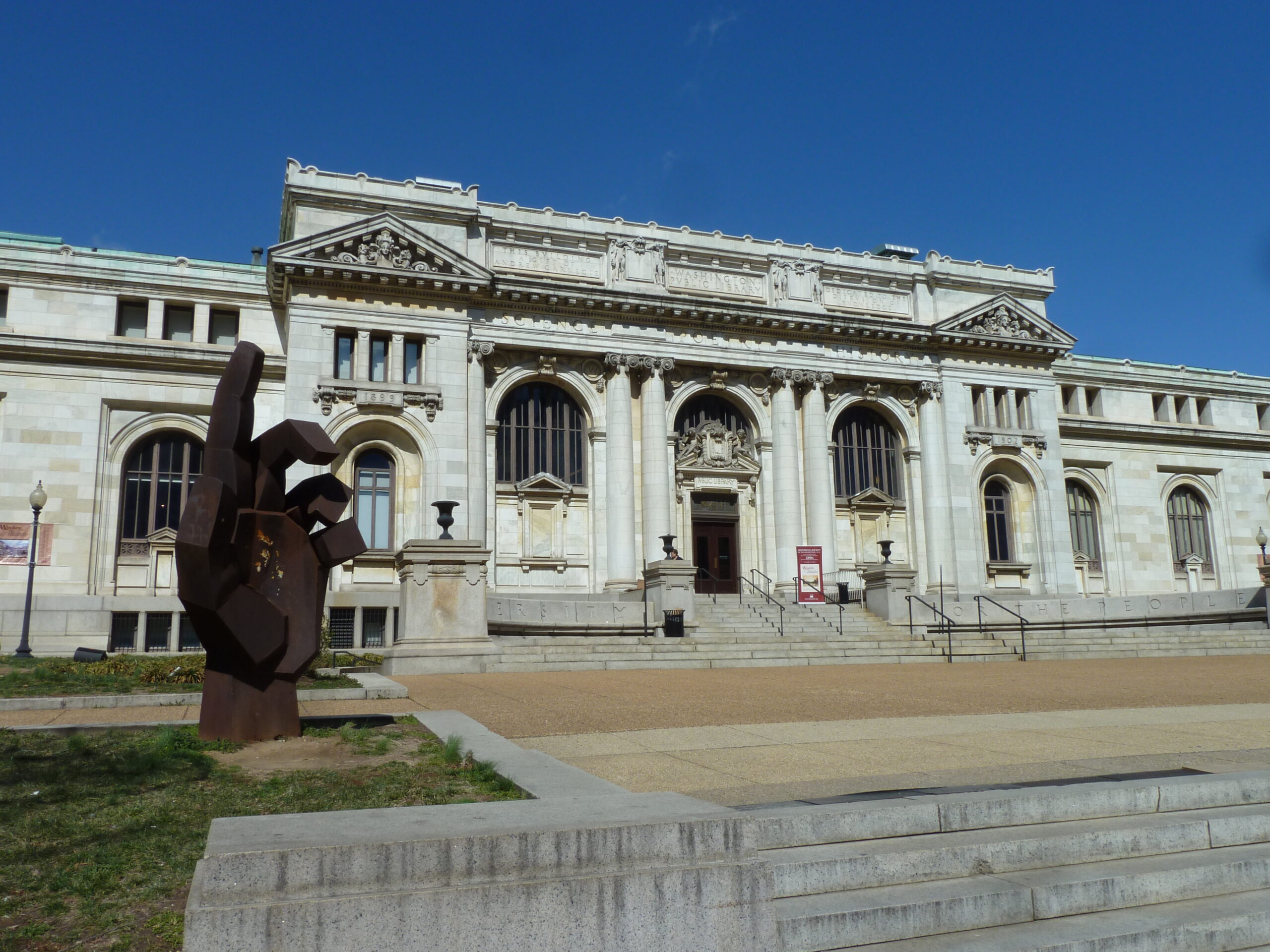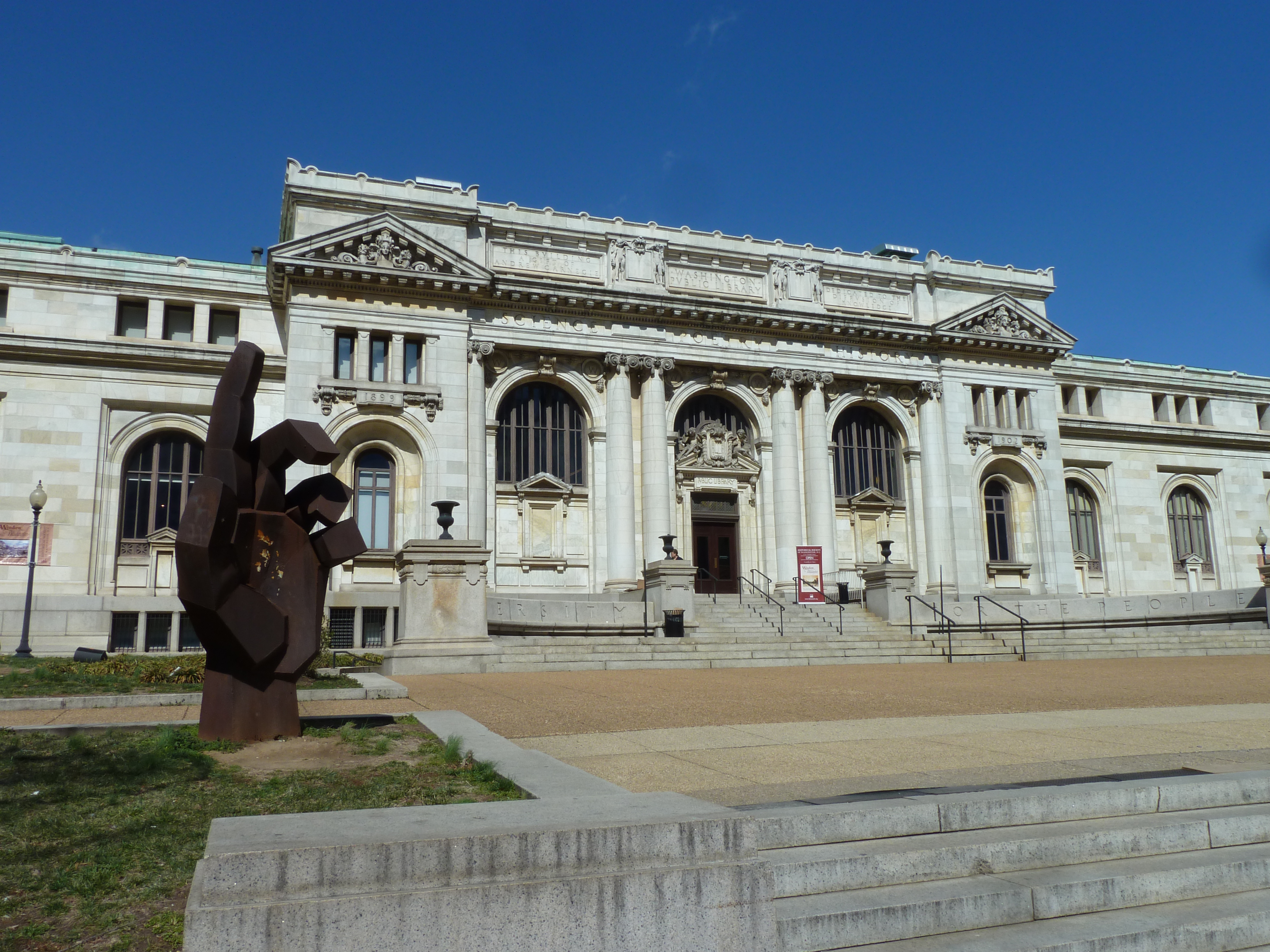Physical Address
304 North Cardinal St.
Dorchester Center, MA 02124
Physical Address
304 North Cardinal St.
Dorchester Center, MA 02124


The Carnegie Library in Washington, D.C. is now home to the world’s newest Apple Store following an expensive rehabilitation funded by the retailer. Originally built as a public library in 1903, it reopened its doors to the public on May 11, 2019 following decades of disuse, neglect, and a slew of failed attempts to repurpose the building as a museum. While some are fretting that a historic building owned by the city has been turned over to commercial use, we can rest assured that the Historical Society of Washington, D.C., the current leaseholder to the building, made the right decision.
More than fifteen years ago, Niskanen Center founder Jerry Taylor and his then-colleague at the Cato Institute, Peter Van Doren, had a novel proposal to solve an intractable political dispute about the Arctic National Wildlife Refuge (ANWR), a wilderness area in northeast Alaska that is home to large populations of wildlife and vast, untapped petroleum deposits.
In the early 2000s, the Bush Administration proposed opening the refuge to oil drilling in the wake of rising crude oil prices. Naturally, the usual suspects came out in favor or against the proposal.
Environmentalist detractors worried that a pristine wildlife area could be ruined by any drilling and the possibility of leaky pipelines. Advocates, on the other hand, claimed only a tiny sliver of land was needed to extract billions of dollars of oil and the refuge would remain largely untouched. The benefits of oil drilling, proponents argued, would be widely shared because oil is used in so many parts of economy.
Taylor and Van Doren’s proposal was simple: the federal government should give ANWR, in its entirety, to the Sierra Club or some other environmentalist group, including full rights to use or transfer the land as they see fit. While the Sierra Club lobbied for zero drilling when the issue was decided through the political process, assigning the group transferable property rights to ANWR might have led them to reconsider.
Since they would receive most of the revenue generated by oil drilling in ANWR, the Sierra Club would be in a position to carefully weigh the potential costs of drilling against the billions of dollars of oil revenue they could use to support environmental causes worldwide. To boot, they would also have the ability to personally oversee oil production to ensure that it would be handled in an environmentally sensitive manner. Drilling might have some environmental costs, but would they really allow none whatsoever?
The economic issue at stake in the ANWR debate was whether or not the oil was made available to the market. In terms of efficiency, it didn’t really matter who profited from the oil, just that it was made available for sale in global markets. By assigning ownership to a group concerned with protecting ANWR and who also had global environmental interests, the federal government could be assured that the right decision would be made.
Congress unwittingly tried out a version of Taylor and Van Doren’s proposal with the Carnegie Library when, in 1999, it appropriated $2 million to create the City Museum of Washington, conditioned on the District of Columbia leasing the building to the Historical Society of Washington, D.C. for 99 years for $1 per year. While the money Congress authorized was tied directly to creating a specific museum, the Society was essentially given the historic building for at zero price and, eventually, free to use it as they saw fit.
The Historical Society was never able to successfully convert the library into a functional museum open to the general public despite multiple attempts and tens millions of dollars spent. Their efforts never attracted nearly enough visitors to support a budget sufficient to maintain the large and expensive building, and, for most of the past two decades, the building has primarily been empty save for a few private events and the Society’s offices. Despite operating rent-free from the library, the Society itself has been hemorrhaging cash in the last few years.
In the wake of their continued difficulties, the Society decided to partner with a business to revive the building and fund their educational mission. Apple agreed to spend more than $30 million to refurbish the building and signed a lease for the first floor that will provide the Society with $7 million of revenue over the next ten years. The basement and second floor of the library are now home to historical exhibits, and the building will receive hundreds of thousands of visitors per year.
This outcome is almost certainly better than any feasible alternative. Even if the local government found a way to fund the rehabilitation and operations of a museum centered on Washington’s history, the Society knows that, despite their best efforts, they could only expect a handful of visitors. Given their long tenure in the building, their strong interest in promoting education, and their multiple attempts to open a museum on the site, the Society is in a unique position to determine whether the public is best served by devoting the entire building to historical exhibits.
By partnering with Apple, the Historical Society of Washington, D.C. was able to successfully leverage the first floor of their building in a way that will allow a much larger share of the public to use one of the city’s great buildings and simultaneously increase the number of patrons that will be able to enjoy their collection of artifacts and photographs. Historical buildings need not be cleansed of all commercial activity to be great, and the Carnegie Library is a prime example.